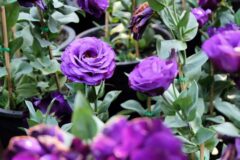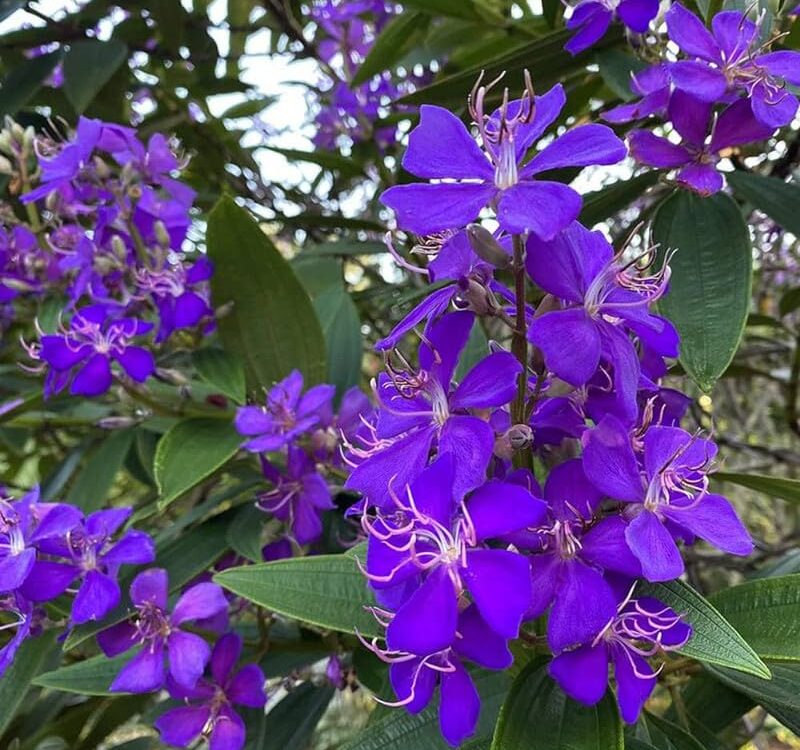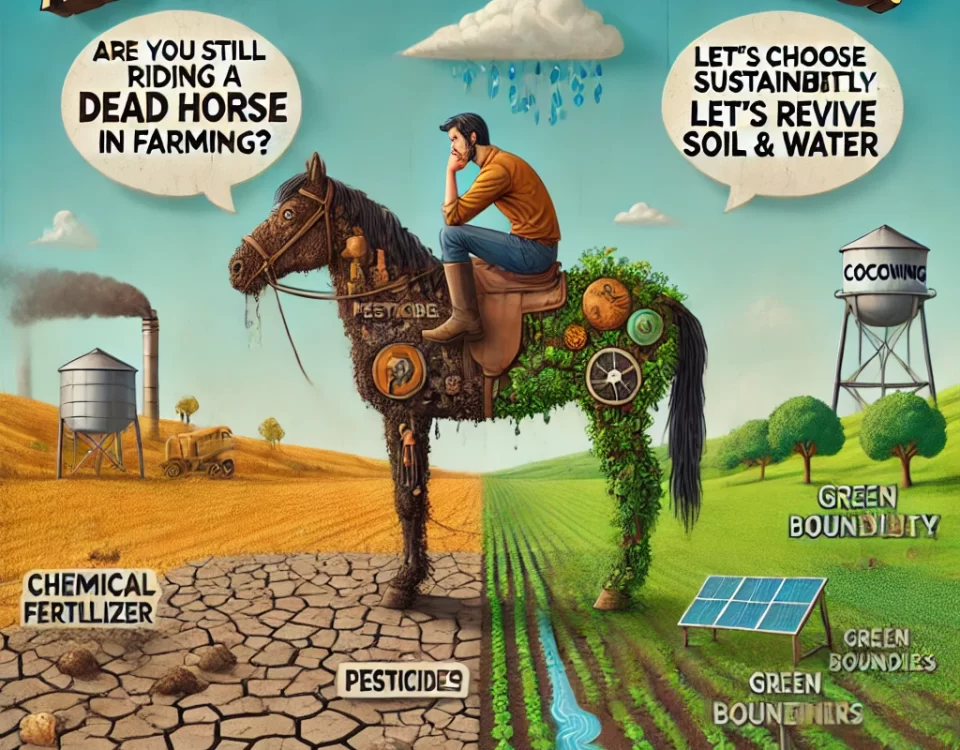Modification is required to the Miyawaki Forest concept but before we understand why and what modification, we need know, what it is? and why people grow it?
A Miyawaki forest becomes productive and useful for the environment within 2-3 years, with significant benefits visible as early as the first year. Here’s how its usefulness unfolds over time:

1. Immediate Benefits (Within 1 Year):
- Improved Air Quality: Trees start absorbing carbon dioxide and releasing oxygen, reducing air pollution.
- Cooling Effect: The forest begins to lower temperatures in its vicinity, acting as a natural cooling system.
- Biodiversity Boost: Native plants attract insects, birds, and small animals, creating the foundation for a thriving ecosystem.
2. Short-Term Benefits (2-3 Years):
- Carbon Sequestration: By year two, the forest begins absorbing significant amounts of CO₂.
- Soil Improvement: The roots of densely planted trees improve soil structure and fertility while preventing erosion.
- Increased Biodiversity: The multi-layered design supports diverse species, including pollinators like bees and butterflies, which contribute to the local environment.
3. Long-Term Benefits (10+ Years):
- Self-Sustaining Ecosystem: After 8-10 years, the forest becomes completely self-sustaining, requiring no human intervention.
- Groundwater Recharge: Enhanced soil permeability allows better water retention and groundwater recharge.
- Enhanced Climate Resilience: The forest provides a buffer against extreme weather conditions, such as heatwaves and floods.
Why So Fast?
The Miyawaki method accelerates growth due to dense planting, native species selection, and rich soil preparation. While traditional forests can take 20-30 years to provide these benefits, Miyawaki forests achieve similar results in a fraction of the time, making them an efficient solution for urban reforestation and combating climate change.





